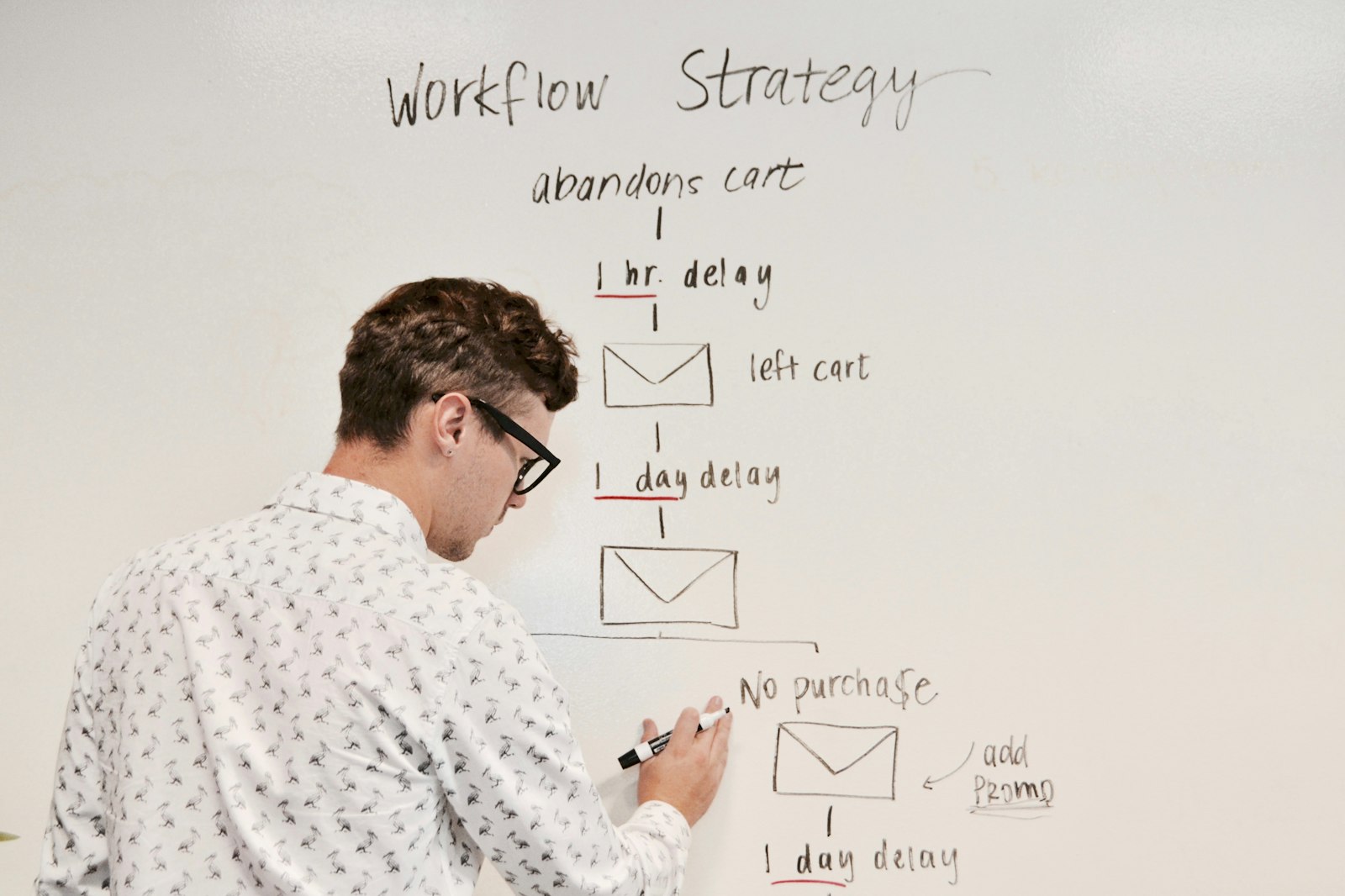Email marketing – an old-school tactic that many marketers prematurely dismiss as outdated. It's a grave error. In an era where paid advertising costs skyrocket, and social media's organic reach dwindles, email marketing delivers a unique resilience that cuts through the noise. Yet, it's not about blasting endless promotional messages – success lies in strategic, data-driven execution.
The key to understanding what makes your email campaigns truly sing lies in Key Performance Indicators (KPIs). These metrics hold a mirror to your efforts, showing you exactly what's working, what needs improvement, and where you might be missing out on major opportunities.
I'll be blunt: Email marketing is hard. Not in the overly technical sense, but in the sense that it's easy to get lost in a sea of metrics, chasing those tiny percentage improvements. We open dashboards, squint at numbers, and every so often it feels like we're just going through the motions, right?
In this blog post, we'll take a deep dive into the most critical email marketing KPIs for SaaS businesses. It's time to move beyond the basics and truly dissect what drives lead generation, customer loyalty, and sustainable growth.
Part I: The Essentials
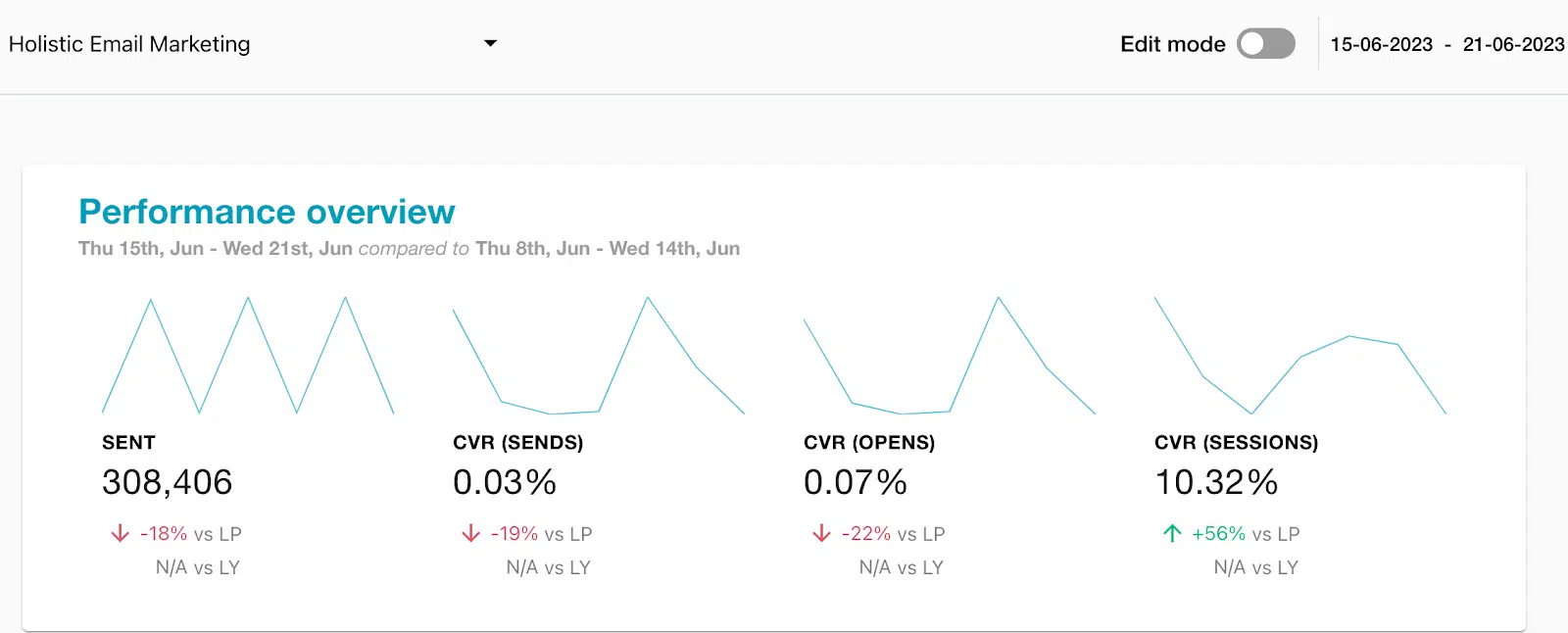
Let's first establish our core foundational metrics that form the backbone of every email marketing strategy.
Open Rate: The percentage of subscribers who actually open your email. A strong open rate is a testament to a compelling subject line and a healthy sender reputation. Aim for open rates above your industry average.
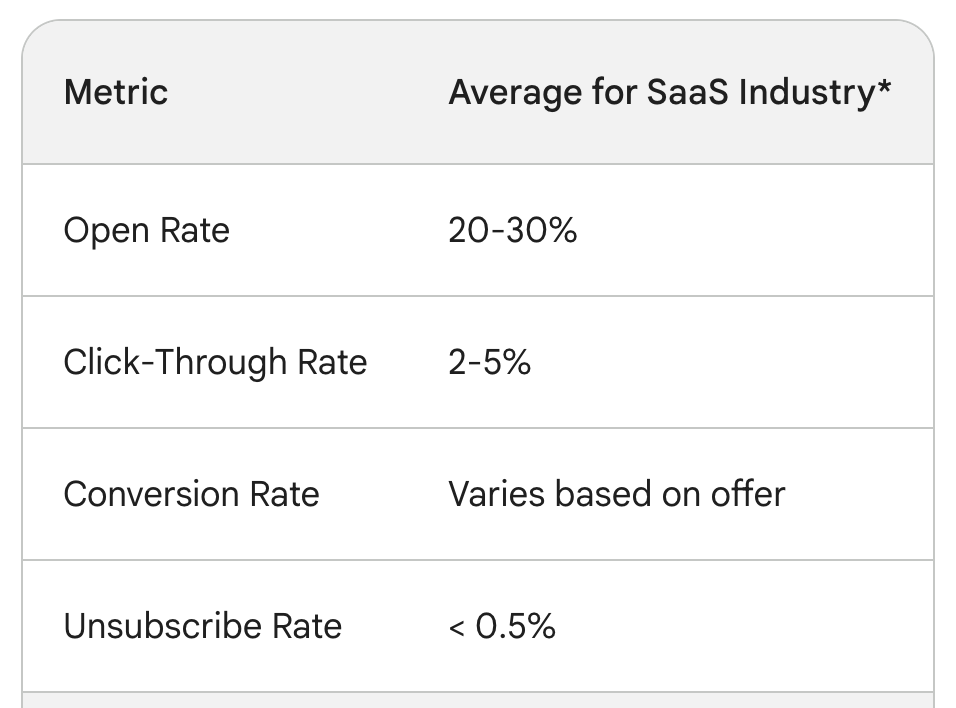
Click-Through Rate (CTR): The percentage of people who click on links within your email. CTR reveals how engaging your content is and how well your calls-to-action resonate with your audience.
Conversion Rate: The real goldmine! This is the percentage of subscribers who take a desired action – signing up for a trial, booking a demo, making a purchase, etc. Optimizing your landing pages and offers is critical for a strong conversion rate.
Unsubscribe Rate: The number of people who opt out after receiving your emails. A high unsubscribe rate often signals poor targeting, irrelevant content, or excessive promotional messaging.
Let's take an example: You send a promotional email announcing a discount on your SaaS product's annual plan. Tracking these four KPIs will give you a strong initial picture:
Did enough people see the offer (open rate)?
How interested were they in learning more (click-through-rate)?
Did your offer translate into actual sales (conversion rate)?
Were you too pushy in your messaging (unsubscribe rate)?
Part II: Beyond the Surface – Digging Deeper

Now, let's go beyond the elementary indicators and dive into the metrics that truly reveal the health, engagement, and long-term impact of your email campaigns.
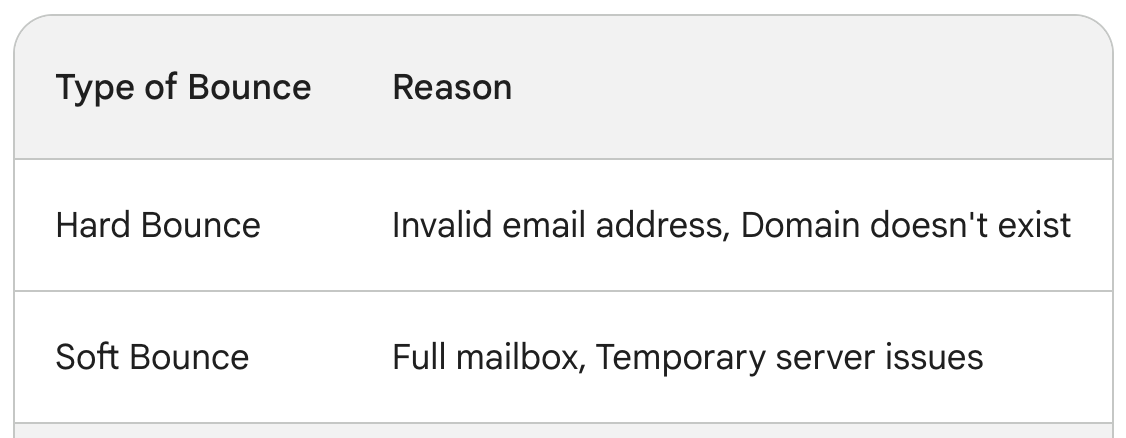
Bounce Rate: This separates into two categories – hard bounces (invalid or non-existent email addresses) and soft bounces (temporary delivery issues). Keeping an eye on your bounce rate is essential for list hygiene and deliverability. Aim to keep it consistently below industry benchmarks.
Spam Complaints: This is a critical metric that directly impacts your sender reputation. When recipients mark your emails as spam, not only does it decrease deliverability, but major email service providers might even flag your account. Track this diligently and address the cause if you see spikes.
List Growth Rate: Are you attracting more subscribers than you're losing? A positive list growth rate showcases effective lead generation tactics and a healthy interest in your SaaS product.
Revenue Per Email Sent: This metric provides a snapshot of the financial return of your email campaigns. It can be a useful indicator of how certain offers and campaigns contribute to your bottom line.
Customer Lifetime Value (CLV): A powerful metric that goes beyond single email campaigns to paint a wider picture of success. CLV helps determine the long-term value of each acquired email subscriber, making it crucial for SaaS businesses that rely on recurring revenue.
Part III: Advanced KPIs for SaaS Success

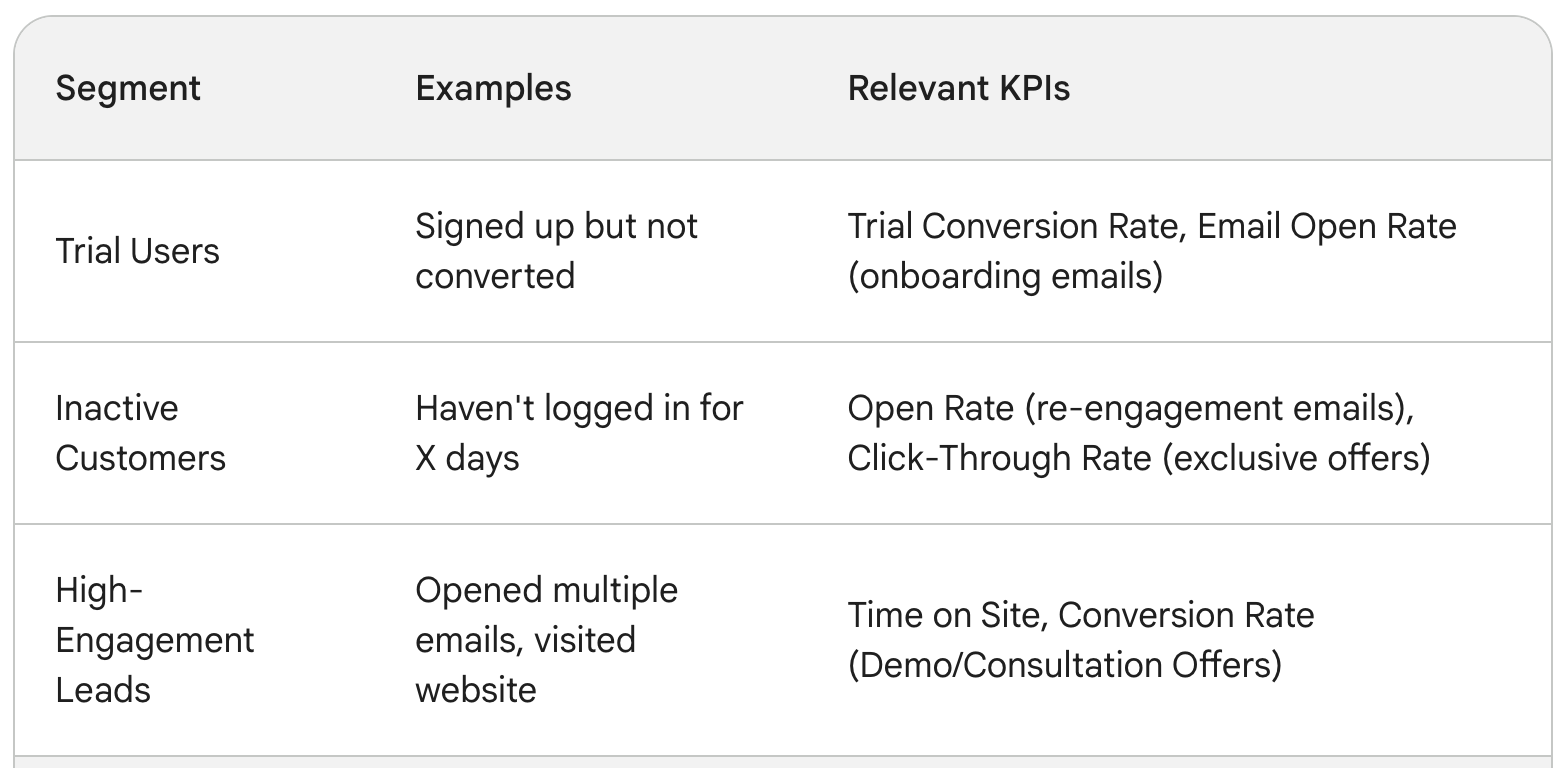
The metrics we've discussed are valuable, but SaaS businesses often need a more granular understanding of their email marketing performance. Let's delve into some advanced KPIs that provide actionable insights:
Time On Site: How engaged are subscribers who click through to your website from your emails? This reveals the quality of traffic you're driving and how well your content aligns with their expectations.
Email Sharing/Forwarding: This is valuable social proof – when subscribers find your content valuable enough to share with their network, it's a strong indication of email marketing success. Encourage forwarding and social sharing to extend your reach organically.
Segmentation/Personalization Metrics: Modern email marketing tools offer powerful targeting capabilities. Track the success of campaigns sent to specific segments based on demographics, behavior, or stage in their customer journey. This helps determine if your personalized messaging is delivering superior results.
Mobile Open Rate: As more and more people read emails on their smartphones and tablets, optimizing your emails for mobile devices is critical. Monitoring your mobile open rate pinpoints opportunities for improvement in responsive email design.
Part IV: Tying Metrics to Business Goals
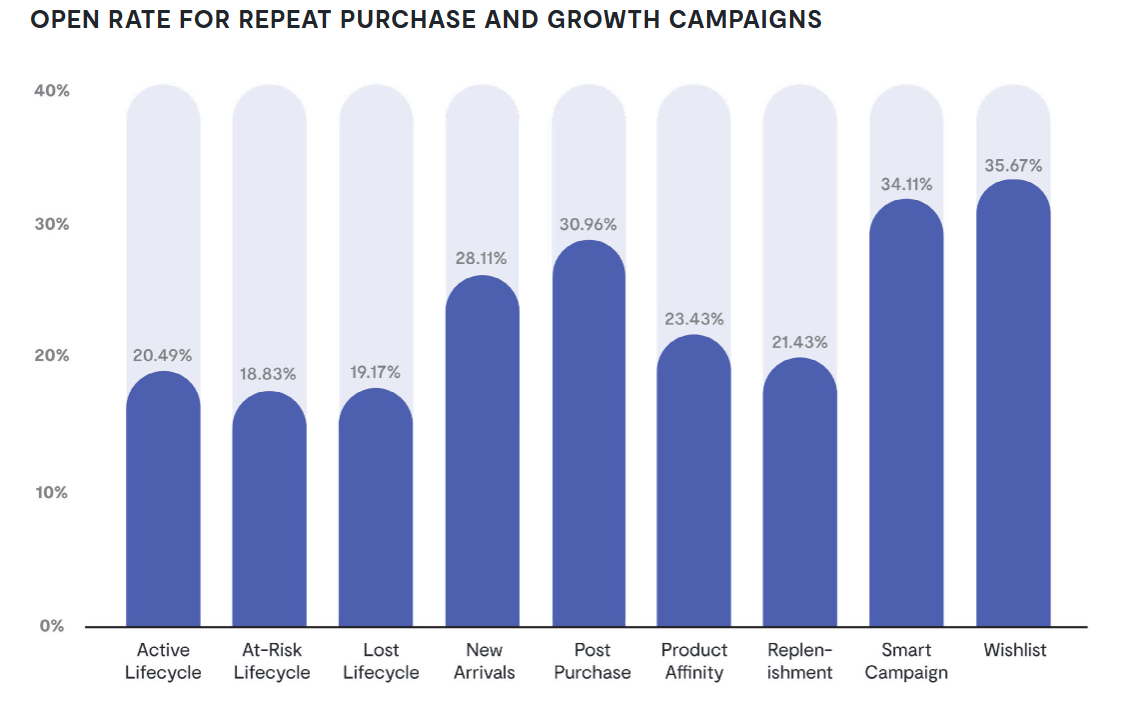
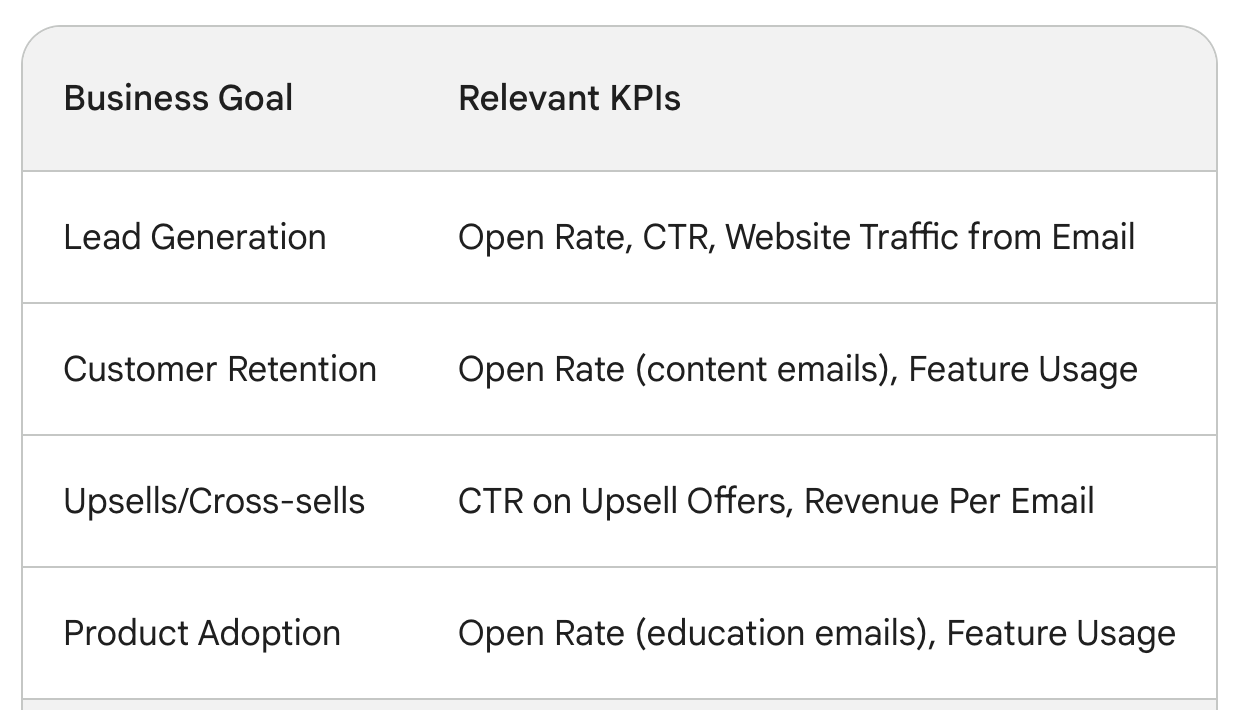
Data without context is pointless. It's essential to understand how these email marketing KPIs align with your broader SaaS business objectives. Here are a few key connections:
Lead Generation
Strong open rates and click-through rates on emails promoting free trials or demos indicate a healthy flow of potential leads. This directly connects to your top-of-funnel activities.
Customer Retention and Churn
High engagement rates on emails offering valuable content or exclusive updates can help boost retention and reduce churn. Remember, the customer journey doesn't end with the sale, and email is perfect for nurturing existing customers.
Product Adoption and Feature Usage
Targeted emails showcasing specific product features and use cases can increase adoption and improve feature utilization. These efforts help maximize the value customers get from your SaaS solution, enhancing satisfaction levels.
Upsells and Cross-Sells
Strategically timed emails promoting higher-tier plans or additional features to existing customers can drive additional revenue. Segmentation can help tailor these offers to the right audience based on their current usage patterns.
Part V: The Power of Analytics & Continuous Improvement
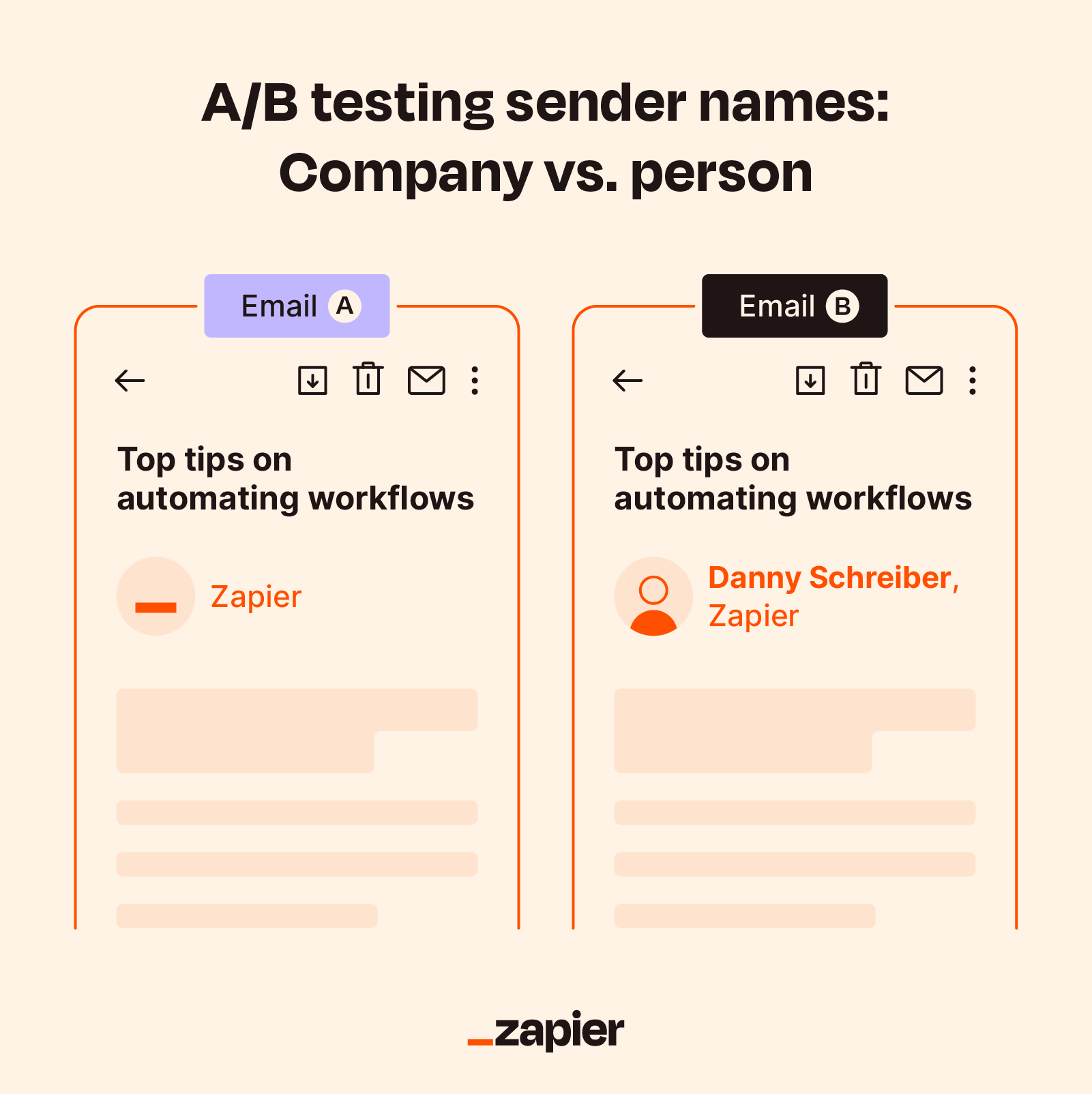
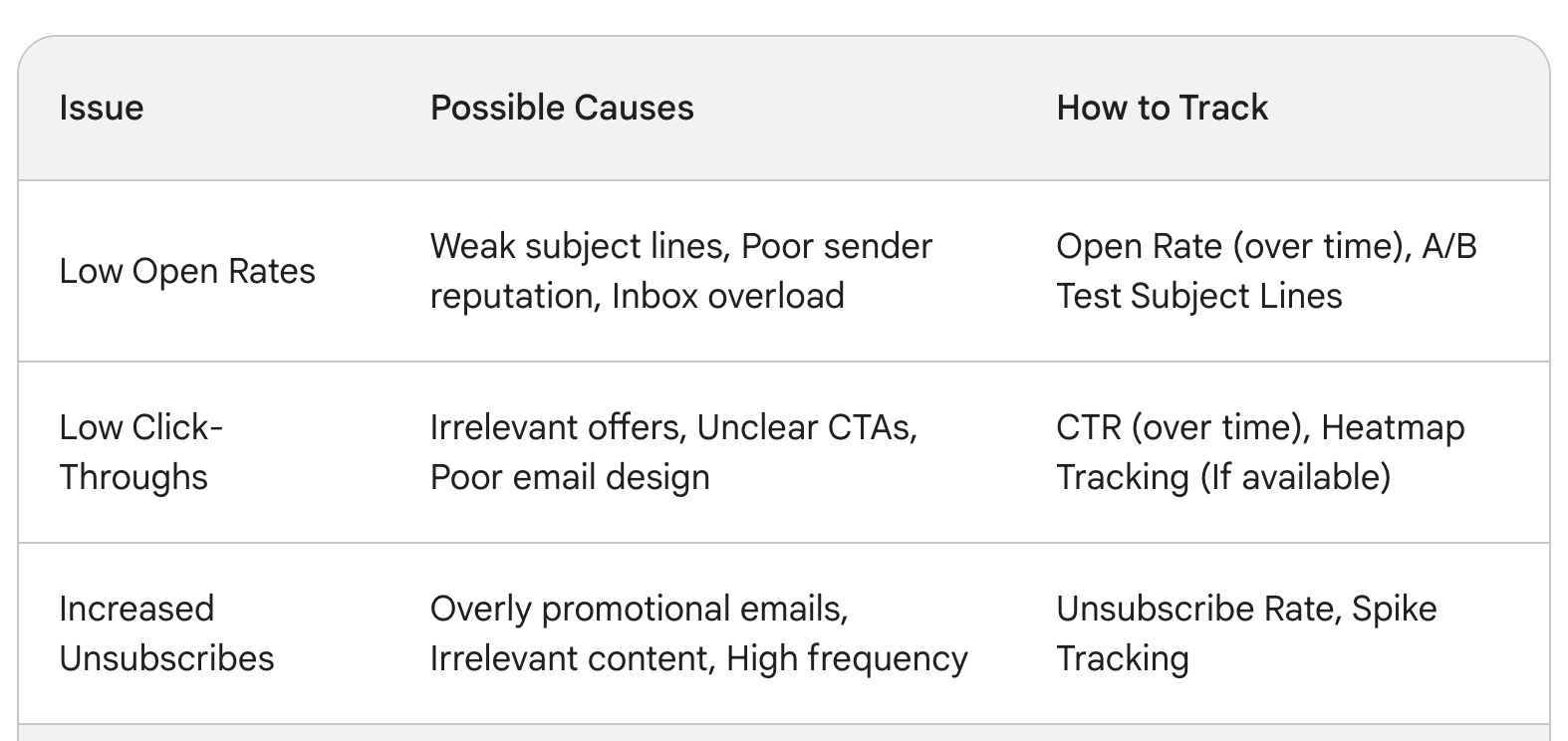
Effective email marketing is an iterative, data-driven process. It's about monitoring KPIs, extracting insights, and continually optimizing your approach. Here are some key considerations:
- Establish Benchmarks: Knowing your industry average for various KPIs is crucial. This helps you gauge where you stand and set realistic improvement goals.
- A/B Testing: Don't just make assumptions. Experiment! A/B test different subject lines, email copy, or even send times to pinpoint what truly drives the best results for your unique audience.
- Utilize Email Analytics Tools: Most modern email marketing platforms have robust built-in analytics dashboards. Make them your best friend. Familiarize yourself with the reporting and learn to interpret the data effectively.
Real-World SaaS Example
Suppose you run a marketing automation SaaS company. You've noticed a decent open rate for a recent email campaign but a disappointingly low click-through rate. This tells you that your subject line resonated, but the content didn't excite subscribers enough to take action.
To improve this, you could:
- Revise your calls-to-action: Are they clear and compelling?
- Check link placement: Are they readily visible and easy to click?
- Refine your copy: Is the offer enticing and valuable enough for the reader?
By experimenting with these changes and tracking your CTR, you can optimize for higher engagement.
If your business goal is to improve customer retention, you might want to focus on metrics like:
- Open and click-through rates on educational content emails: Are customers engaging with resources you send them?
- Unsubscribe rates for these campaigns: Is your content adding value, or are customers annoyed?
- Usage of educational features within your product: Use in-app analytics to correlate email engagement with their behavior inside your software.
Email marketing, while a stalwart of digital communication, never remains static. SaaS businesses, in particular, need to stay up-to-date with the evolving metrics that reveal true campaign success.
The KPIs outlined here aren't just a checklist – they're a framework for understanding the nuanced indicators of growth, engagement, and ultimately, the sustainable success of your SaaS business.
Remember, tracking these metrics meticulously empowers you to:
- Identify areas of strength.
- Pinpoint bottlenecks and underperforming campaigns.
- Justify email marketing investments to stakeholders.
- Make informed decisions that boost your ROI.
If you feel overwhelmed, worry not. It takes time and experience. Start by focusing on a core set of KPIs, build your analytics muscle, and as your understanding grows, gradually layer in the additional metrics that provide the most valuable insights about your unique customer base.
Let the data be your guide, and email marketing will become a powerful engine propelling your SaaS business ever forward!
FAQ
1. My email open rates are decent, but what does that actually tell me?
A healthy open rate is a great start! It indicates that your subject lines are compelling enough to get people to take the first step. Additionally, it signals a good sender reputation, meaning that your emails aren't immediately landing in spam folders. However, open rate alone doesn't reveal if your content is truly engaging your audience – for that, you need to track click-through and conversion metrics.
2. How do I improve my click-through rate (CTR)?
Focus on these key areas:
- Calls to action: Are your CTAs clear, enticing, and easy to find? Experiment with button placement and phrasing.
- Content relevance: Are you delivering the value your subscribers expect based on the subject line and their stage in the journey?
- Email design: Is your email cluttered or difficult to read? Ensure that it's scannable and visually appealing.
3. What's the difference between hard bounces and soft bounces?
- Hard bounces are permanent delivery failures. This usually means an invalid email address, non-existent domain, or the recipient's server has blocked you. Keeping hard bounce rates low is vital for sender reputation.
- Soft bounces are temporary issues like a full mailbox, server downtime, or large email attachments. Your email platform may retry these later. Monitor for frequent soft bounces from the same address, as it might turn into a hard bounce eventually.
4. How often should I be cleaning up my email list?
There's no one-size-fits-all answer. However, here's a good guideline:
- Remove hard bounces immediately: Protect your sender reputation.
- Monitor inactive subscribers: If someone hasn't opened any emails in 6-12 months, try a re-engagement campaign. If they still don't respond, consider removing them.
- Review list growth: If your list growth is slow despite healthy open rates, it might be time for lead generation focused campaigns.
5. My unsubscribe rate is spiking. What do I do?
First, don't panic! Some unsubscribes are natural. However, analyze the situation:
- Recent changes: Did you increase email frequency, change content drastically, or send overly promotional blasts?
- Feedback: Offer a way for people to give unsubscribe reasons (short survey, or simply a "reply with why" option).
- Segmentation: Are you sending irrelevant content to a big chunk of your list? Improve your targeting.
6. What are some advanced KPIs that I should be tracking as a SaaS marketer?
Go beyond the basics with these:
- Customer Lifetime Value (CLV): Understand the long-term revenue impact of customers acquired via email.
- Time on Site: See if your email traffic results in quality engagement on your website.
- Feature Adoption: Analyze if email campaigns influence how customers utilize your SaaS product.
- Segmentation metrics: Measure if targeted campaigns outperform generic blasts.
7. How important is mobile optimization for email marketing?
It's absolutely crucial! More and more people read emails on smartphones and tablets. If your emails aren't responsive, they'll likely lead to pinching, zooming, and a frustrating user experience. Test your campaigns on various devices to ensure they look great regardless of screen size.
8. What's the best way to get started with A/B testing my emails?
Start simple! Choose one element to test at a time:
- Subject lines: Experiment with different styles (benefit-oriented, question-based, etc.).
- Call to action: Test button colors, text variations, or placement.
- Send Time: See if day of the week or time of day influences your open rates.
Track your results diligently and let the data guide your optimization.
9. Are there any industry-specific benchmarks I should be aware of for SaaS email marketing?
Yes! Research averages for your specific SaaS niche (e.g., project management, CRM, marketing automation) as these metrics can vary slightly based on your target audience.
10. What are some common mistakes to avoid in SaaS email marketing?
Here are a few pitfalls to watch out for:
- Batch-and-blast approach: Segment your list and tailor content for better results.
- Focusing solely on acquisition: Nurture existing customers to reduce churn and drive upsells.
- Ignoring analytics: Track your KPIs, learn from them, and continuously improve your email strategy.


